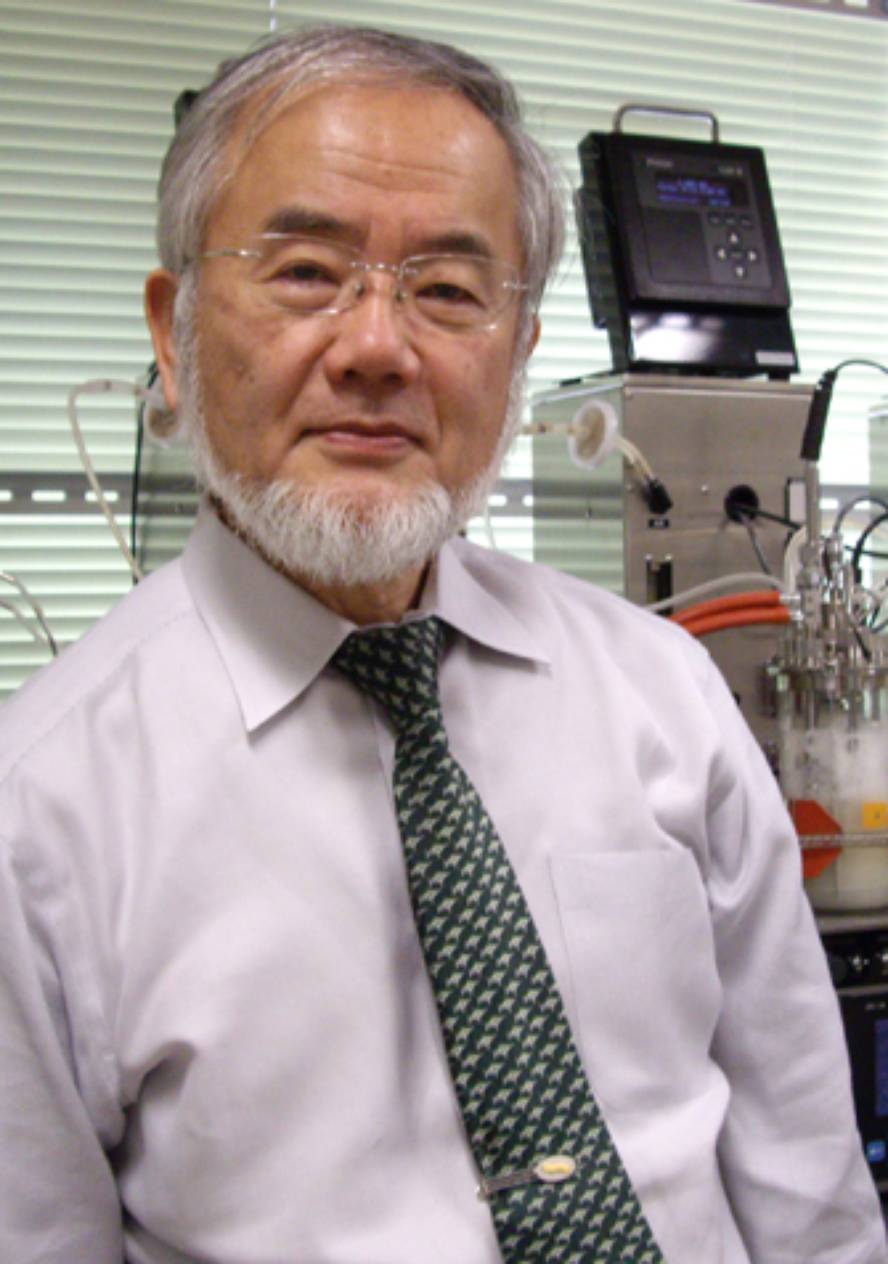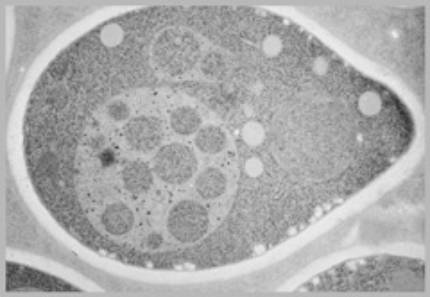Medical novel by Yoshinori Ohsumi for explaining the mechanisms of autophagy
In fact, those of Karolinski have warned that it is at the basis of many physiological processes, such as adaptation to hunger or response to infections. Gene mutations related to the autophagy mechanism can cause cancer or neurological diseases. All this thanks to the work of Yoshinori Ohsumi.
Starting from yeasts, the fate of genes
In the 1990s, when Ohsumi began to investigate autophagy, lysososomes were known, organelles that discarded proteins, fats and carbohydrates through enzymes, and autophagosomes, vesicles that collect the components of the cell and lead them to lysososomes. The deep mechanism of autophagy was not known.
Ohsumi dedicated herself to it. He left the yeast, for its simplicity of research and for being an example of human cells. However, he encountered a problem: yeasts are small and internal structures, difficult to see under a microscope. In fact, they didn't even know if they had autophagy mechanisms. To prove this, it occurred to him to hinder the degradation that occurs in the vacuoles. Thus, the autofagosomes would accumulate in the cowboy and could be seen.
He succeeded: he grew yeasts that had no degradation enzymes and gave them no food to favor autophagy; he soon saw vacuoles full of indissoluble autophagosomes. Thus, it showed that yeast had autophagy and also identified some key genes related to the mechanism.
The next step was to identify more genes. To do this, it caused mutations in the yeasts and subsequently promoted autophagy. With this he managed to identify the genes and study the proteins they controlled. These studies showed that autophagy is controlled by a chain of proteins and protein complexes, and that each of them regulates a different phase of autophagosome.
Also in fundamental human cells
Finally, he showed that in human cells we have the same mechanism. Thanks to this, it is now known that it controls a large number of physiological functions that require the destruction and reuse of cellular components. It is a mechanism of destruction of viruses and bacteria that enter the cell after infection. It also participates in embryo development and cell separation, eliminating defective proteins and organelles.
On the other side of the coin are the diseases caused by autophagy failures. This includes, for example, parkinson's disease, type 2 diabetes, and some cancers, and some of the treatments being developed have focused on it.
Yoshimori Ohsumi was born in 1945 in Fukuoka (Japan). After graduating from Tokyo University, he moved to New York at Rockefeller University. In 1988 he returned to the University of Tokyo to lead his research team and since 2009 he is a researcher at the Tokyo Institute of Technology.







